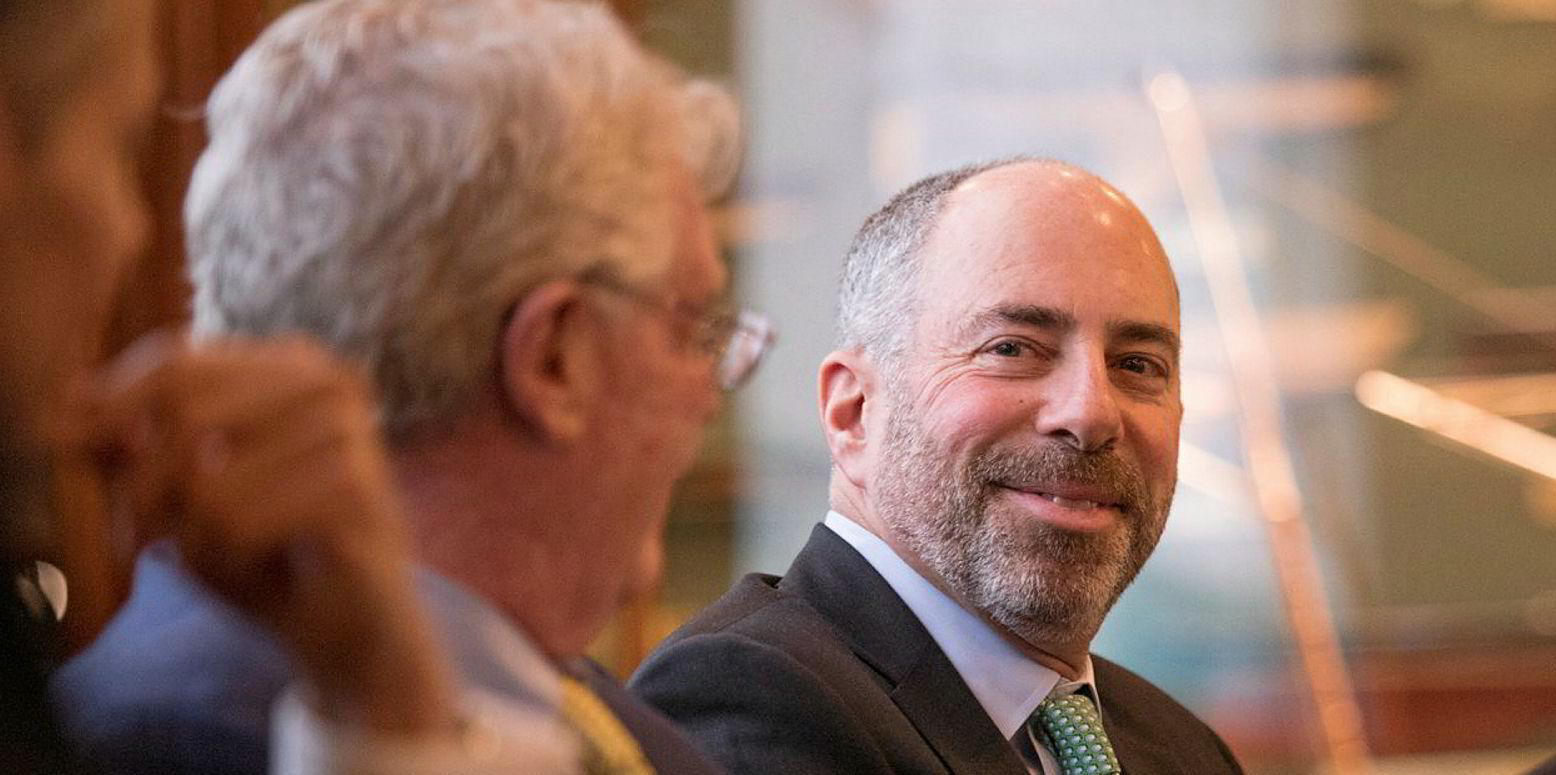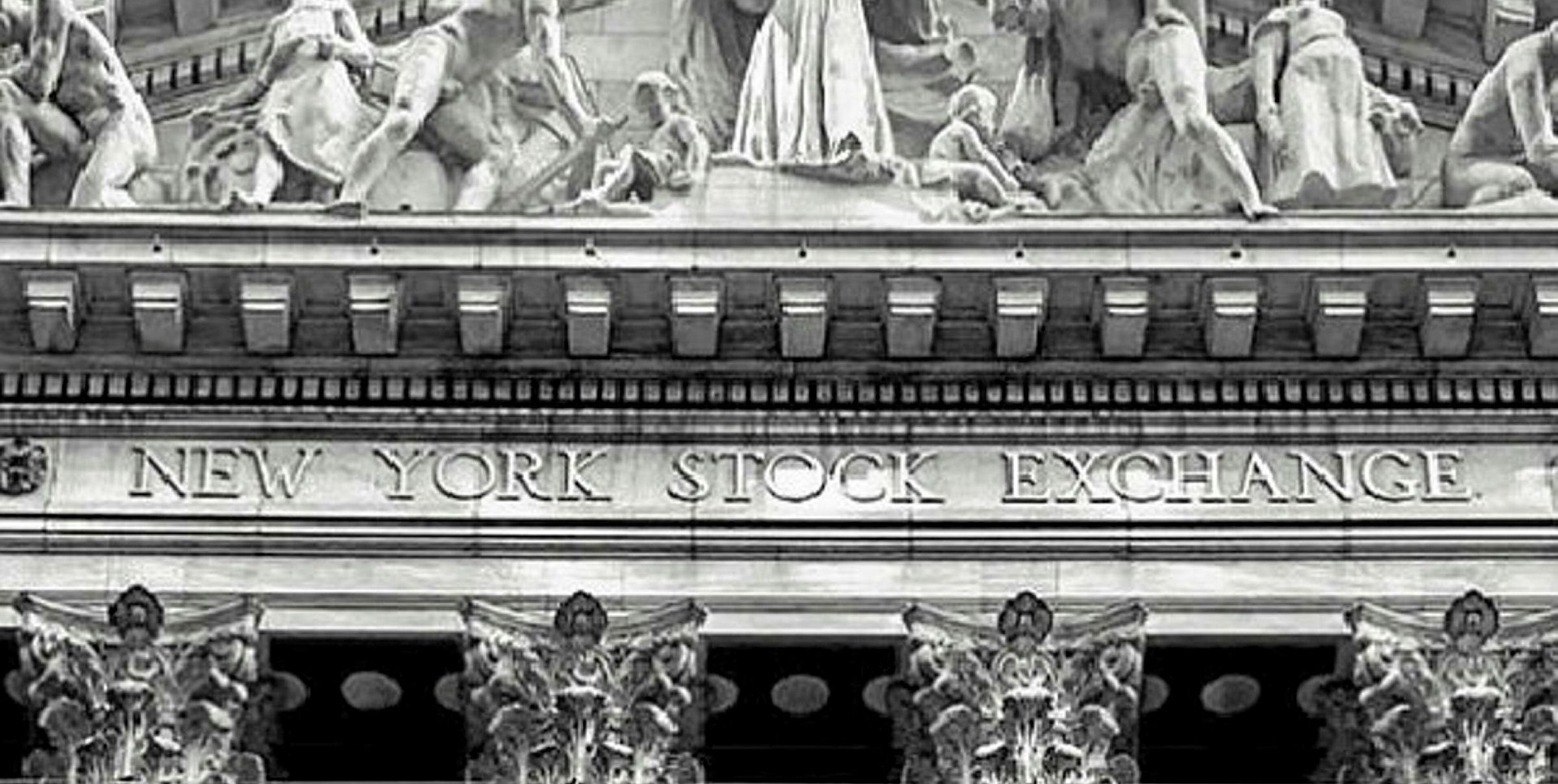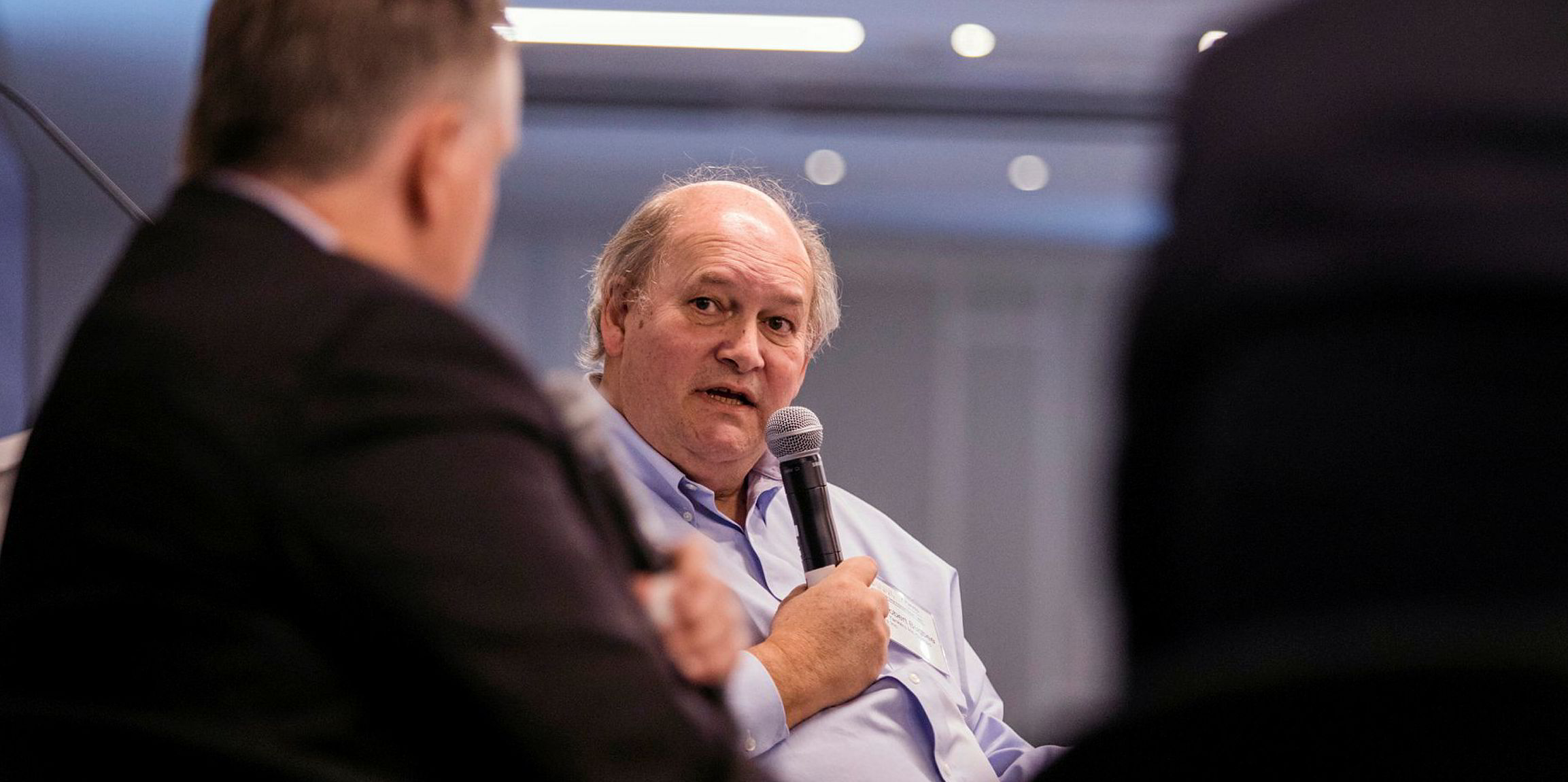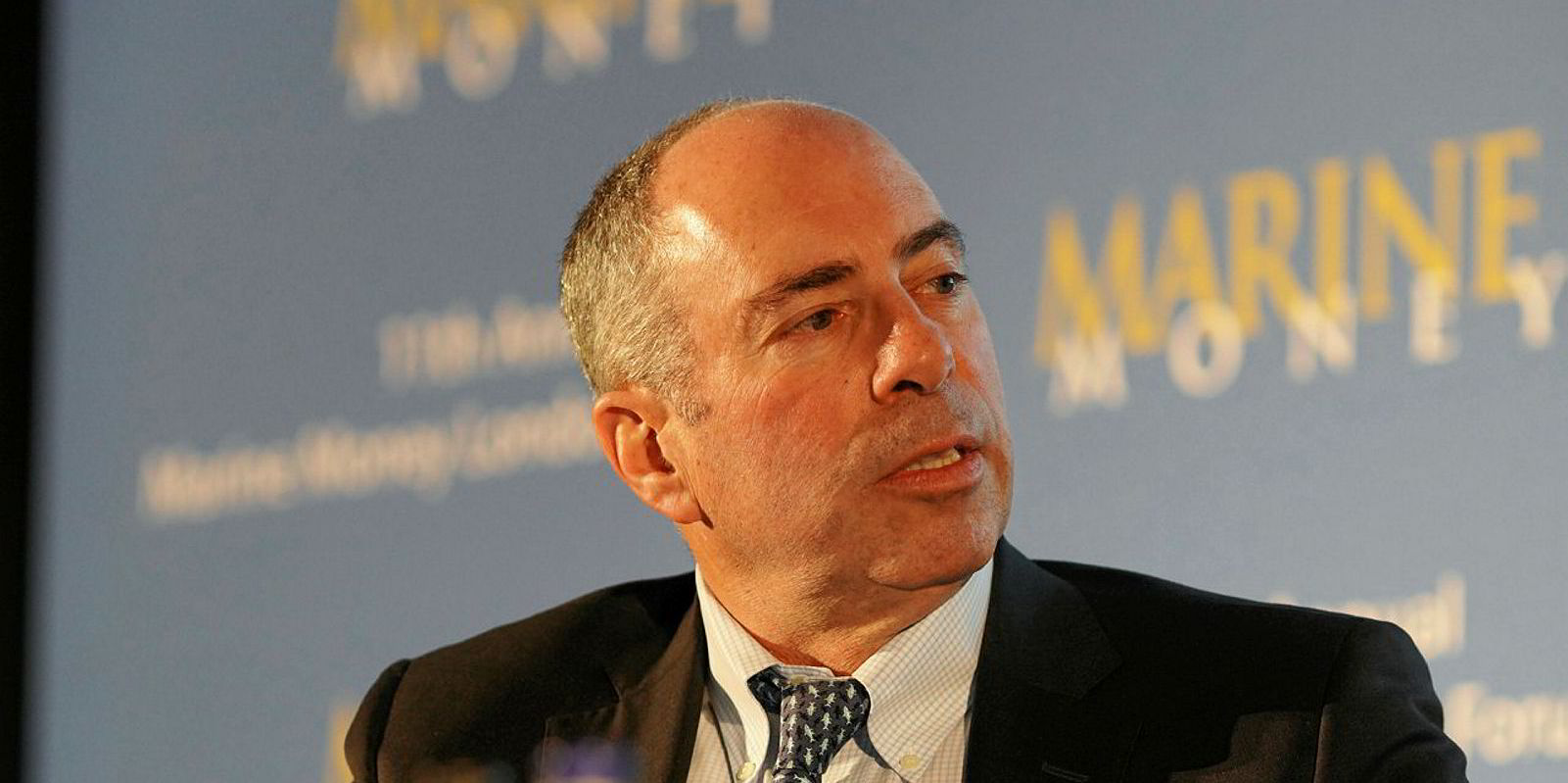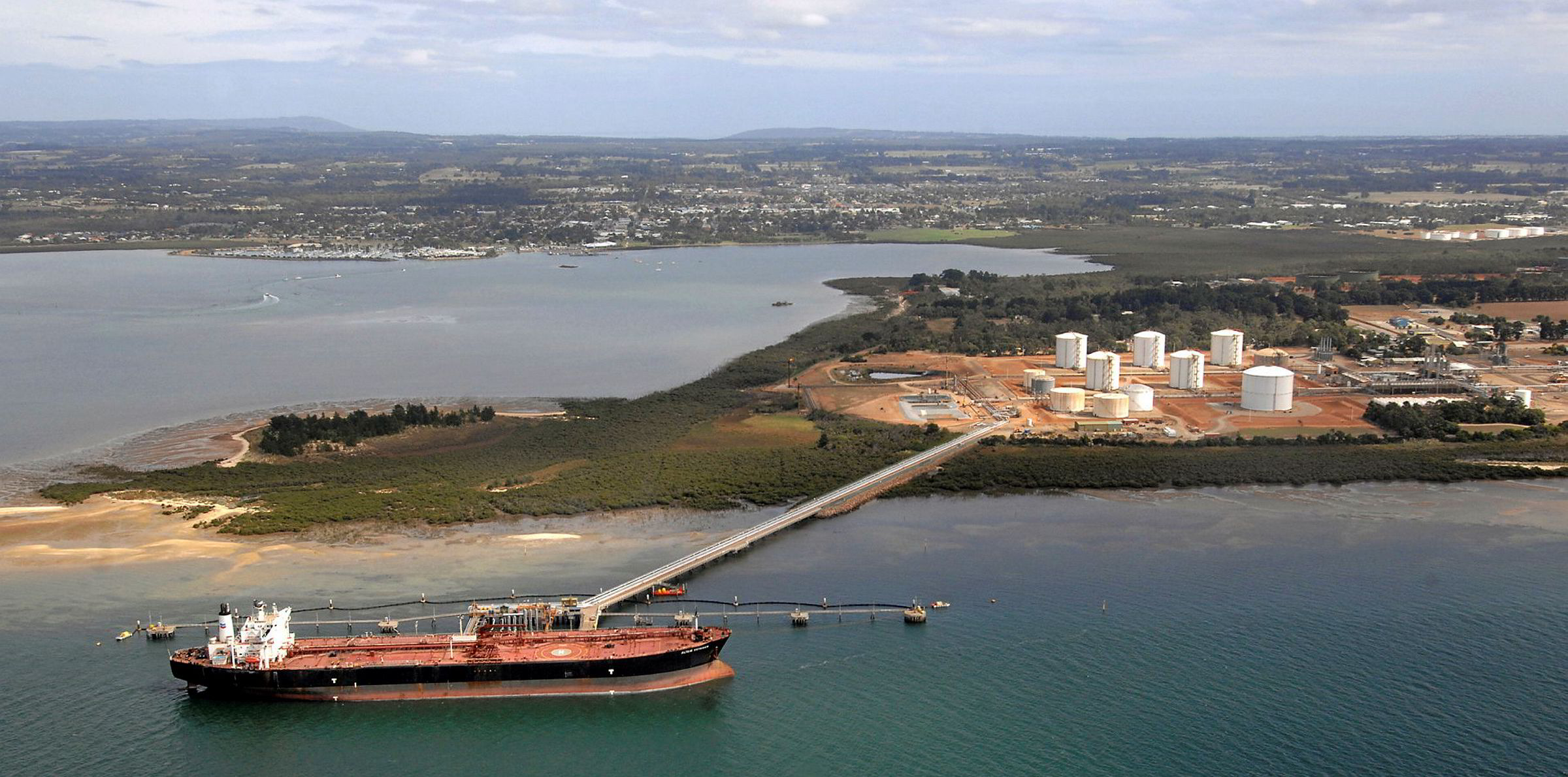Ardmore Shipping has maintained market confidence for the long run despite a third-quarter loss, saying its young fleet is well positioned to meet the upcoming regulatory changes.
To combat climate changes, some regulators across the globe – including the International Maritime Organisation – have planned to introduce new regulations aimed at reducing greenhouse gas emissions from shipping.
“We embrace the pending energy transition which is expected to have a profound impact on the shipping industry,” Ardmore chief executive Anthony Gurnee said in a quarterly report.
“Of particular importance to the next few years is the IMO's proposed EEXI [Energy Efficiency Existing Ship Index] efficiency standards for existing ships which is expected to accelerate the marginalisation and retirement of older tonnage.”
Backed by the International Chamber of Shipping but criticised by environmentalists, the EEXI measures existing ships’ energy efficiency individually and requires vessels below certain standards to adopt decarbonisation measures or be phased out.
The IMO’s Marine Environment Protection Committee is set to approve the EEXI and some other decarbonisation rules in mid-November, paving the way for them to come into force by 2023.
In a company presentation, Ardmore estimates 1,800 ships could be scrapped over the next decade due to the regulatory changes and an ageing fleet profile.
“The market outlook and energy transition pose many challenges for the tanker sector, but also opportunity for companies such as Ardmore with already modern, fuel-efficient fleets that will meet the new EEXI standards,” Gurnee said.
Having sold off its old tonnage in 2018 and 2019, the Ireland-based company owned 26 vessels with average age of 7.3 years as of 30 September – including 20 MRs and six handysize chemical tankers.
Third-quarter loss
While Gurnee remains confident in his company for the long term, Ardmore dipped into a net loss of $6.6m in the third quarter. This compared with a loss of $5.7m in the same period of 2019.
Loss per share was $0.20, roughly in line with the street consensus of $0.19.
Share price of New York-listed Ardmore was down 6.14% at $2.75 during afternoon trading on Wednesday, underperforming the broad index.
"Following a very strong first half of 2020, charter rates for product tankers experienced a sharp decline in the third quarter as a result of the pandemic, which is now extending into the fourth quarter,” Gurnee said.
“Oil demand and in particular jet fuel remains well below levels at the start of the year, and oil trading activity has been much more muted compared to levels experienced in the first half.”
Net revenue for the third quarter amounted to $45.2m, down from $52.1m in the same period of last year.
This came as the daily earnings of Ardmore fleet fell to $12,432 per ship from $13,029.
For the fourth quarter, the company has fixed 40% of spot revenue days for its MRs at $10,500 per day and 55% for chemical tankers at $11,650 per day.
“The portion of revenue days booking in the fourth quarter thus far has been at levels lower than we had modelled, although given recent weakness in rates it is not surprising,” Stifel analysts said in a note.
Gurnee said his company expects a smaller-than usual winter market rate rise due to weak underlying oil demand.
“There could be surprise to upside for tankers going into 2021 in the form of oil price volatility as Opec balances output, price, and quota compliance,” he added.
“Furthermore, output cuts from older, less efficient refineries should incrementally support product tanker demand in a market recovery phase in 2021. Chemical tankers should fare particularly well in a recovery given the high correlation of chemical demand growth to global [economic] growth.”
$10m loan
Ardmore recorded a net profit of $13.5m between January and September, much better than a loss of $24.8m during the corresponding period of 2019.
Cash reserves grew to $58.2m on 30 September from $51.7m.
In the third quarter, the company acquired the 50,093-dwt Maersk Murotsu (built 2010) for $16.7m from Fuyo Kaiun and renamed it Ardmore Seafarer to honour seafarers.
Last month, Ardmore agreed on a $10m loan facility for the vessel with an unnamed Japanese bank. The five-year loan is priced at London Interbank Offered Rate plus a margin of 2.25%.
The refinancing came after Ardmore announced a $30m share repurchase programme over three years.
“We expect repurchases to be modest for the time being given the weak market backdrop and management's focus on preserving liquidity,” Clarksons Platou Securities said in a note.
In an earnings call, company executives suggested Ardmore has a strong war chest to buy back its shares, priced far below its net asset value of $7.10 in the open market based on analyst consensus.
“Equity prices are very attractive,” chief financial officer Paul Tivnan said. “It is a balancing act in terms of preserving financial strength and taking advantage of opportunity.”
Ardmore has not ruled out of selling non-core vessels or fetching sale-and-leaseback deals to improve its liquidity further – and the cash proceeds can be used for share repurchases.
Gurnee confirmed that the 45,700-dwt Ardmore Seamariner (built 2006) has been put on the sales block as part of fleet renewal.
“In fact, the one we bought is a replacement for that,” said Gurnee. “[This planned sale] will bring in another five or so million dollars.”
